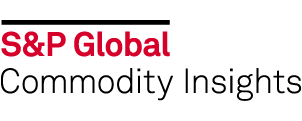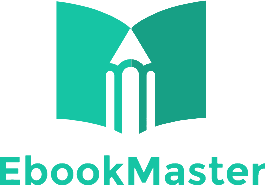
Download Report IHS CEH Report : Aniline (Chemical Economics Handbook 2019)
PDF by S&P Global Commodity Insights; IHS Markit
Information
Format: PDF Language: English Pages: 42 Publisher: S&P Global Commodity Insights; IHS Markit Publication Date of the Electronic Edition: 2019
?
ISBN: 89719
$49
Delivery time: Maximum 24 hours
Description
China is the major force driving aniline demand. In 2018, China accounted for 37% of global demand and 77% of demand in Northeast Asia. Western Europe is the second-largest consumer of aniline, accounting for 23% of global aniline demand in 2018. Demand for aniline in Western Europe is forecast to grow at an average annual rate of 3.8% over the next five years. The United States follows as the third-largest consumer, accounting for 17% of global aniline consumption. Housing starts, construction, and remodeling activity drive US demand for MDI/aniline. Over the next five years, US aniline demand is forecast to be the fastest-growing worldwide, increasing at an average annual rate of 8.2% during 2018–23.
Aniline is a colorless, oily, slightly water-soluble liquid that is commonly used as the basic precursor for methylene diphenyl diisocyanate (MDI) production. MDI is used primarily in the manufacture of polyurethane (PU) foams, which are mostly produced in either flexible or rigid form. Within these major groups, the density and other properties vary depending on the end use. Rigid foams are used as insulation material in construction, refrigeration/freezer appliances, and in other industrial applications. Flexible PU foams are used primarily for cushioning material in furniture, transportation, and bedding applications. About 95% of global aniline is consumed for MDI production; therefore, aniline demand is driven predominately by the MDI industry. Both markets are driven by the trends of the leading world economies and depend heavily on construction/remodeling activity (residential and nonresidential), automotive production, and original equipment manufacture (OEM).
Demand for MDI is expected to increase at 5.3% per year over the next five years. In turn, aniline consumption for MDI will also grow at an average annual rate of 5.3% during 2018–23. Aniline is also used for the production of rubber chemicals and, on a smaller scale, for the production of dyes, pharmaceuticals, pigments, and other chemical substances.
China is the major player in the MDI, aniline, and nitrobenzene markets. As of 2018, China owned nearly half (47%) of the world's aniline capacity, followed by Western Europe (22%) and the United States (14%). The top aniline shareholders in 2018 included Wanhua Chemical (18%), BASF SE (16%), Covestro (12%), Huntsman Group (7%), and Connell Chemical (4%). All are integrated into MDI, with the exception of Connell Chemical. New aniline capacity is forecast to come onstream by all five major shareholders, along with expansions from Dow, Wanhua Chemical, FJ Pec, Shanghai Tian, and SINOPEC. Overall, nearly 2.2 million metric tons of aniline capacity is expected to be added by 2023. In contrast, the MDI industry is highly concentrated, with a limited number of producers and high barriers to market entry including proprietary and complex manufacturing processes, high capital costs for manufacturing plants, and security of precursor supply (aniline for the production of MDI).
Over the last five years, global aniline consumption grew at an average annual rate of 5.7%, reaching almost 5.7 million metric tons of global demand in 2018. China is the largest player in terms of demand for aniline and represented 37% of global aniline consumption in 2018. China is also the driving force in Northeast Asia, representing over three-fourths of the region's aniline demand; Chinese consumption of aniline was nearly 2.1 million metric tons in 2018.
Western Europe is the second-largest consumer of aniline, accounting for 23% of global aniline demand in 2018. Demand for aniline in Western Europe is forecast to grow at an average annual rate of 3.8% over the next five years, reaching approximately 1.6 million metric tons by 2023. The United States accounted for about 17% of global consumption in 2018 and is also projected to be the fastest-growing region, with an average annual growth rate of 8.2% over the next five years to reach over 1.4 million metric tons of aniline consumption by the end of the forecast period.
China is expected to be the second-fastest-growing region, with an average annual growth rate of 6.6% over the next five years. The Indian Subcontinent and South Korea will follow during the forecast period with projected growth rates of 5.7% and 4.6%, respectively. Additional MDI capacity/production is the predominant factor for increased production and consumption of aniline. Regions that are forecast to see minimal growth (<2%) will include the Middle East, CIS and Baltic States, and Central Europe. Japan is the only market where aniline consumption is expected to decline during the forecast period.
$49
Delivery time: Maximum 24 hours
